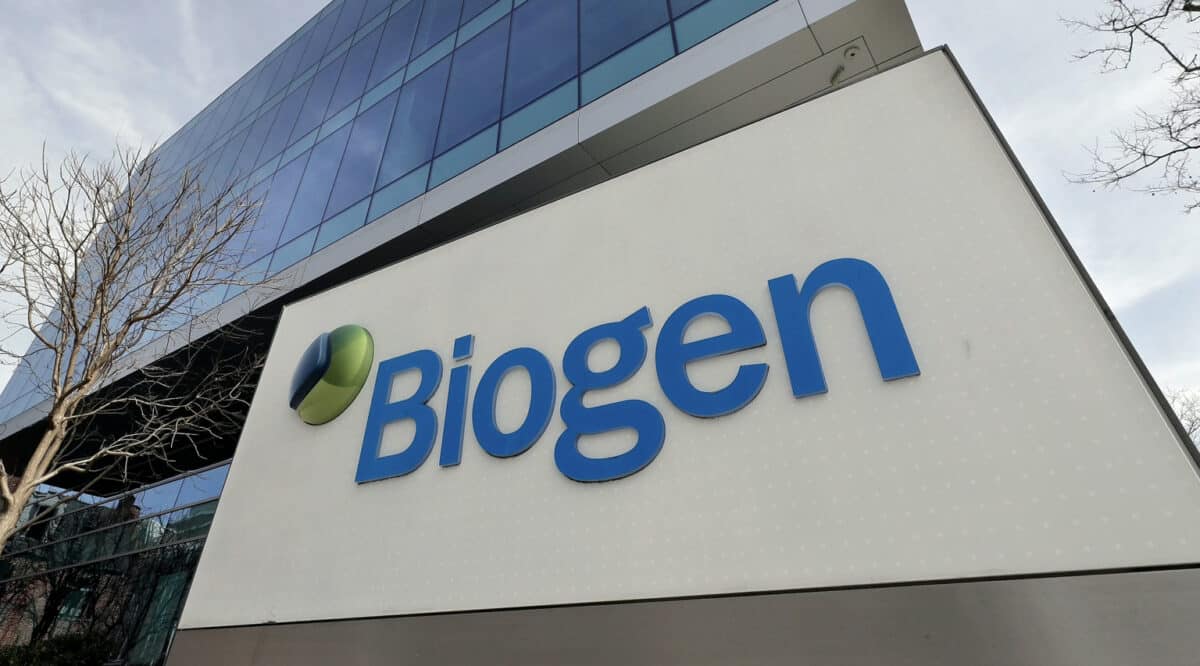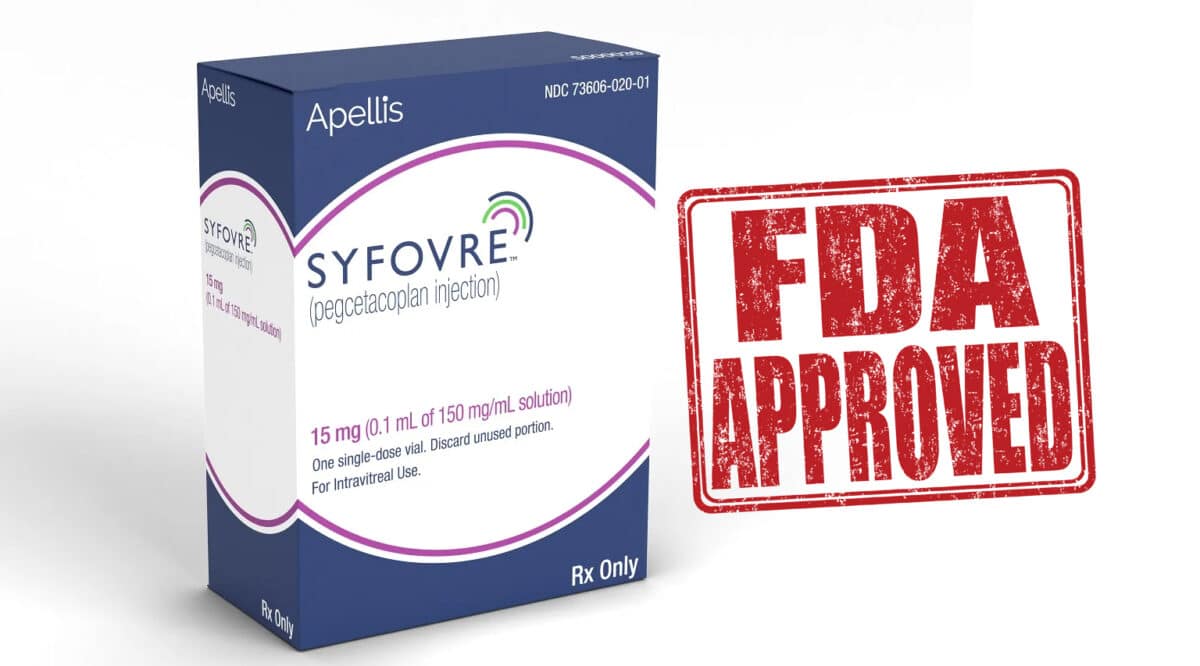This week the FDA approved a new therapy, Qalsody (tofersen) from Biogen MA, Inc., for the treatment of amyotrophic lateral sclerosis (ALS) in adults who have a mutation in the superoxide dismutase 1 (SOD1) gene. Continued approval for this indication is contingent upon providing more data on the drug’s effectiveness and clinical benefit in confirmatory, post-launch trial(s).
Qalsody is the first available treatment targeting a genetic cause of the disease. Approval is based on trial data that showed it reduced levels of neurofilament protein, an indicator of nerve cell degeneration believed to be tied with disease progression.
According to the CDC, between 16,000 and 32,000 Americans are currently living with ALS. Approximately 2% of ALS cases are associated with mutations in the SOD1 gene. The agency estimates there are fewer than 500 patients with SOD1-ALS in the United States.
Qalsody is administered by intrathecal injection by a trained health care provider. Patients receive three initial doses administered at 14-day intervals, followed by a maintenance dose every 28 days.
Biogen confirmed that it expects to launch Qalsody on par with other ALS therapies on the market. Relyvrio, approved for ALS in 2022, costs about $158,000 annually, while older Radicava costs about $170,000 annually.
Qalsody is likely to launch through specialty pharmacy distribution given its cost, very small patient population and requirements to capture real-time clinical data.
CLICK HERE for prescribing information
——————————————————————————————–
FDA approves treatment of amyotrophic lateral sclerosis associated with a mutation in the SOD1 gene
04/25/2023 — FDA approved Qalsody (tofersen) to treat patients with amyotrophic lateral sclerosis (ALS) associated with a mutation in the superoxide dismutase 1 (SOD1) gene (SOD1-ALS). Qalsody is an antisense oligonucleotide that targets SOD1 mRNA to reduce the synthesis of SOD1 protein. The approval was based on a reduction in plasma neurofilament light (NfL), a blood-based biomarker of axonal (nerve) injury and neurodegeneration.
Disease or Condition
Similar to sporadic ALS, where there are no associated risk factors and no family history of the disease, SOD1-ALS is a progressive neurodegenerative disease that attacks and kills the nerve cells that control voluntary muscles. Voluntary muscles produce movements such as chewing, walking, breathing, and talking. ALS causes the nerves to lose the ability to activate specific muscles, which causes the muscles to become weak and leads to paralysis.
Effectiveness
The effectiveness of Qalsody was evaluated in a 28-week, randomized, double-blind, placebo-controlled clinical study in 147 patients with weakness attributable to ALS and a SOD-1 mutation confirmed by a central laboratory. The study randomly assigned 108 patients in a 2:1 ratio to receive treatment with either Qalsody 100 mg (n = 72) or placebo (n = 36) for 24 weeks (three loading doses followed by five maintenance doses).
The participants were approximately 43% female; 57% male; 64% White; and 8% Asian. The average age was 49.8 years (range from 23 to 78 years).
Patients receiving Qalsody had nominally significant reductions in plasma NfL concentration at Week 28 compared to the placebo arm. The findings are reasonably likely to predict a clinical benefit in patients. The observed reduction in NfL was consistent across all subgroups based on sex, disease duration since symptom onset, site of onset, and use of other medications for ALS treatment.
Qalsody is approved under the accelerated approval pathway, under which FDA may approve drugs for serious conditions where there is an unmet medical need and a drug is shown to have an effect on a surrogate endpoint that is reasonably likely to predict a clinical benefit to patients. To confirm the clinical benefit of Qalsody, a Phase 3 randomized, double-blind, placebo-controlled trial is ongoing in individuals who are carriers of the SOD1 genetic mutation who do not yet have symptoms. The study will assess the proportion of individuals treated with Qalsody who develop symptoms of ALS during the trial compared to placebo.
Safety Information
The most common side effects were pain, fatigue, arthralgia (joint pain), increased cerebrospinal (brain and spinal cord) fluid white blood cells, and myalgia (muscle pain).
Designations
Qalsody received priority review, orphan drug and fast track drug designations.








